Tag: Spanish Grammar 3
-
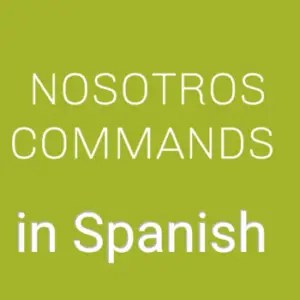
Nosotros Commands in Spanish
How do you form nosotros commands in Spanish? Learn how to use nosotros commands in Spanish. Note: “Nosotros” commands are used when the speaker isincluded, and are used to express the idea “let’s + verb”. To form these commands, use the “nosotros” form of the Present subjunctive. Escribamos la carta – Let’s write the letter. Pintemos las paredes.…
-
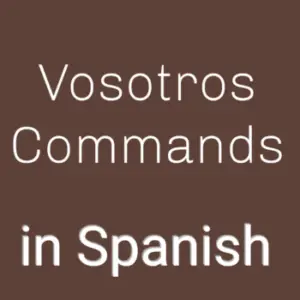
Vosotros Commands in Spanish
How do you use Vosotros commands in Spanish? Learn how to use vosotros commands in Spanish. Note: The affirmative “vosotros” command is formed by simply replacing the final “r” of the infinitive with “d” Comprad (vosotros) el libro. – (You-all) Buy the book Escribid (vosotros) la carta. – (You-all) Write the letter. Comprad (vosotros) los libros.- (You-all) Buy…
-
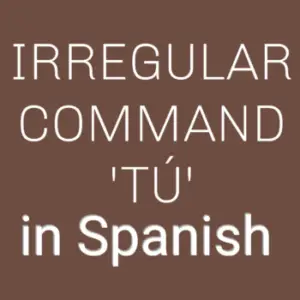
Irregular Commands: Tú in Spanish
Which of the Following Tú Commands is Irregular? Learn how to use the irregular commands: tú in Spanish. The following eight verbs have irregular informal commands in the affirmative: decir – di (to say) salir – sal(to get out) hacer – haz(to do) ser – sé (to be) ir – ve(to go) tener – ten(to have) poner…
-
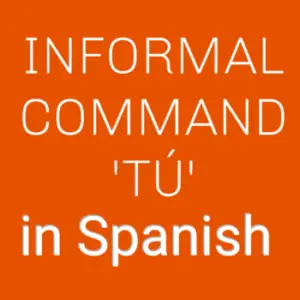
Informal Commands: Tú in Spanish
What is the informal tú command? Learn how to use the informal commmands: tú in Spanish. Start learning basic Spanish words and phrases with online lessons. Note: The affirmative informal “tú” commands are formed the same way as the Present indicative “Usted” form: (hablar + a = habla)(comer + e = come)(escribir + e = escribe) Note: Be…
-
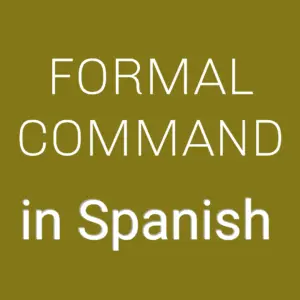
Formal Commands in Spanish
How do you give formal commands in Spanish? Formal commands in Spanish are used when ordering or telling someone to do something. This is often referred to as the “imperative” form of the verb. Haga Ud. el desayuno.- Make (You) breakfast. Escriba Ud. la carta. – Write (You) the letter. Salgan Uds. primero. – (You-all) Come out first…
-
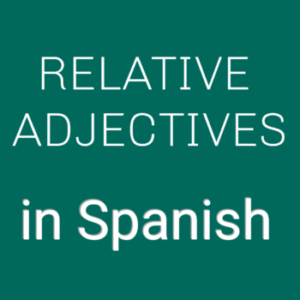
Relative Adjectives in Spanish
What are Relative Adjectives in Spanish? Note: We include the relative adjectives in Spanish “cuyo, cuya, cuyos, cuyas” in this discussion because it relates the owner to that which is owned, as does the English “whose”. e.g La gata, cuyo dueño es mi hermano, es muy peligrosa – The cat, whose owner is my brother, is very dangerous…
-

el que, la que, los que, las que, lo que in Spanish
What are Relative Pronouns in Spanish?: el que, la que, los que, las que, lo que Note: The relative pronouns: (el que, la que, los que, las que, lo que) in Spanish are used to refer to both people and things. Note that there are four forms to accommodate singular and plural, masculine and feminine.…
-
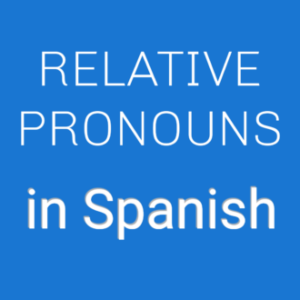
Relative Pronouns in Spanish
Learn how and when to use the relative pronouns in Spanish. Qué, Quién: Relative Pronouns in Spanish Que: relative pronouns One way to view relative pronouns is to recognize that they combine two sentences that share a common noun. In the following examples, the common nouns are “butter” or “mantequilla”; “homework” or “tarea” e.g. ¿Dónde…
-
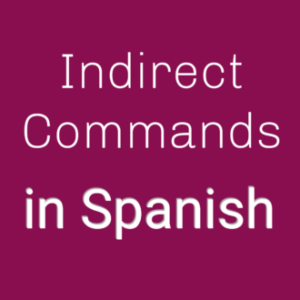
Indirect Commands in Spanish
What is an indirect command in Spanish? Learn how to use the indirect commands in Spanish. Note: When the command is given through a third party, indirect commands in Spanish are used. The form is “que + Present subjunctive” e.g. Que venga Rosa. – Let Rose come. Que vengan a las once – Have them come at…
-

Imperfect Subjunctive in Spanish
What is the Imperfect Subjunctive in Spanish? The Imperfect tense of the subjunctive mood is used to express the same subjectivity as the Present subjunctive, but in the past. Imperfect Subjunctive in Spanish 1 To indicate an action in the past in the same situations where the subjunctive would be required in the Present: e.g.…
-
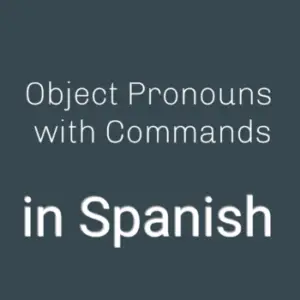
Object Pronouns Commands in Spanish
How Do You Use Object Pronouns with Commands in Spanish? Learn how to use the object pronouns with commands in Spanish. With all affirmative commands, the object pronouns are attached directly to the end of the imperative form of the verb. e.g. Hable usted del caso – Talk about the case Háblelo usted – Talk about the…
-

When Do You Use Subjunctive in Spanish
Let’s learn how and when to use the subjunctive in Spanish. When do you use subjunctive in the Spanish language? | Subjunctive 1 The subjunctive is not a tense; rather, it is a mood. Tense refers to when an action takes place (Past, Present, Future), while mood merely reflects how the speaker feels about the action. Note: The…